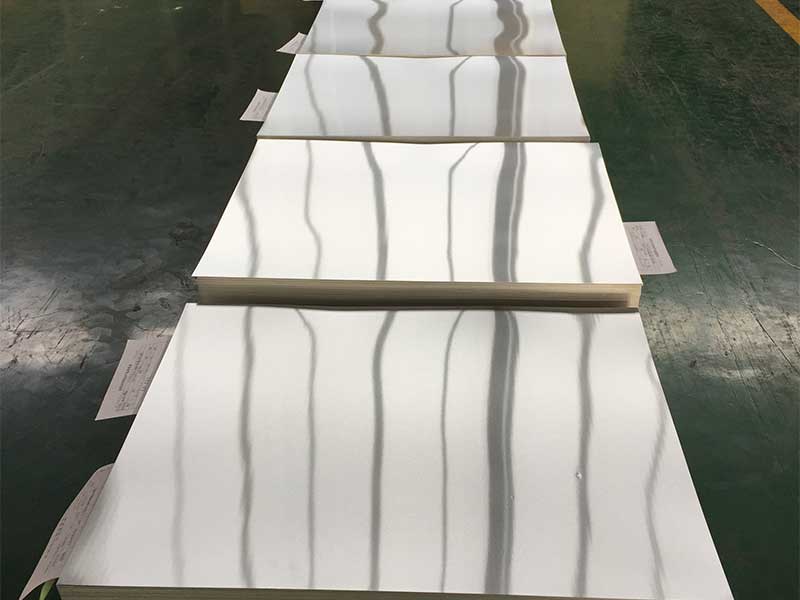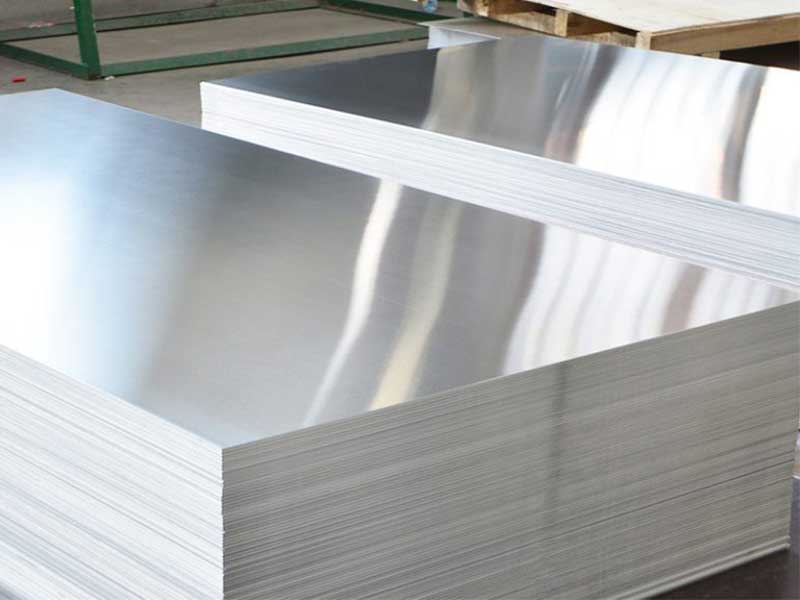Aluminum laminated film
In the vast world of packaging materials, aluminum laminated film often goes unnoticed, overshadowed by more glamorous innovations. Yet, its role is indispensable, quietly enabling the preservation, protection, and presentation of countless products we use daily—from skincare ointments and snacks to pharmaceuticals and electronics.
What Is Aluminum Laminated Film?
At its core, aluminum laminated film is a multilayered structure combining ultra-thin sheets of aluminum foil with polymer films such as polyester (PET), polypropylene (PP), or nylon (PA). This hybrid composite merges the best attributes of each material: the barrier protection of aluminum and the mechanical robustness and printability of polymers.
Typically, the aluminum layer in these films measures mere microns in thickness, often around 6 to 9 microns, striking a balance between sufficient barrier efficiency and flexibility. Polymers sandwich the metal foil, providing structural support, sealing properties, and surface for printing or branding.
Why Aluminum? The Metal That Makes a Difference
Aluminum brings unparalleled barrier properties. It is virtually impermeable to light, oxygen, moisture, and contaminants—elements mainly responsible for product degradation. By preventing oxygen transmission rates as low as 0.001 cc/m²/24hr (depending on thickness and laminate structure), aluminum layers extend shelf life dramatically. This attribute has made laminated films invaluable in food packaging, inhibiting rancidity and microbial spoilage, and in pharmaceutical packaging, ensuring drug stability.
Moreover, aluminum foil’s reflectivity offers thermal insulation, protecting temperature-sensitive products from external heat and light.
Layer Symphony: Balancing Functionality Through Multilayer Structures
From a materials science viewpoint, aluminum laminated films reveal a fascinating “layer symphony,” where the arrangement and choosing of laminate layers tailor every packaging property to specific needs.
- Outer Layer: Usually a polyester or Nylon film chosen for print quality, mechanical strength, and abrasion resistance.
- Aluminum Foil Middle Layer: The thin metal provides the barrier.
- Sealant Layer: Commonly made of polypropylene or polyethylene, facilitating heat sealing without compromising integrity.
For example, a standard food-grade laminated film could be PET(12μm)/Aluminum foil(9μm)/PP(50μm), where the thick PP ensures a strong, heat-sealable backing, while PET serves as a printable front surface.
Innovations in Alloy Content and Surface Treatments
Though many assume the aluminum foil in laminated films is pure aluminum, minor alloy enhancements can improve mechanical properties without sacrificing barrier efficacy.
- Alloying Elements: Small additions of elements such as magnesium or manganese (on the order of 1%) improve foil strength, making it less prone to pinholes during manufacturing or end-use handling.
- Surface Treatments: To ensure perfect adhesion between aluminum and polymers, specialized treatments such as plasma oxidation or surface primers are applied. These enhance bonding at the molecular level, securing durability.
From a sustainability angle, aluminum laminated films pose challenges due to being multi-material composites, making complete recycling difficult with current infrastructure. However:
- Aluminum itself is infinitely recyclable without quality loss.
- Advances are underway easier separability techniques or bio-based polymer alternatives.
- Some manufacturers seek to use thinner foils and optimize polymer layers to reduce overall material use while maintaining performance.
Implementation Standards & Typical Physical Parameters
standards ensures confidence in application:
| Parameter | Typical Range | Notes |
|---|---|---|
| Aluminum foil thickness | 6–9 microns | Balance between strength and flexibility. |
| Oxygen Transmission Rate (OTR) | < 0.001 cc/m²/24hr | Excellent barrier property. |
| Water Vapor Transmission Rate | < 0.1 g/m²/24h | Moisture protection for hygroscopic products. |
| Tensile strength (Al foil) | 50–120 MPa | Increased with alloying and work hardening. |
| Seal strength | 1–4 N/mm | Dependent on sealant layer type and thickness. |
standards such as ASTM F2029 (Standard Specification for Aluminum Foil for Flexible Barrier Packaging Materials) provide guidelines on foil quality, composition, and testing.
Evolving Applications Beyond Packaging
While food and pharmaceuticals are dominant fields, aluminum laminated films find novel uses:
- Flexible Electronics: Aluminum layer acts as a shield, preventing electromagnetic interference.
- Insulation: High reflectivity used in radiant barriers for buildings.
- Medical Devices: Ensuring sterile, contamination-free packaging of advanced implants or instruments.
Concluding Thoughts: The Material at the Intersection of Tradition and Innovation
Aluminum laminated film exemplifies how material science achieves elegant engineering solutions by combining simple, widely available elements into complex, high-performance composites. It is both traditional—a metal-based barrier known for centuries—and innovative—a multilayer marvel engineered to meet 21st-century packaging and protection demands.
Next time you open a packet of chips or carefully unwrap a blister of medication, take a moment to appreciate the quiet sophistication of aluminum laminated film—a truly unsung hero preserving quality, safety, and convenience behind the scenes.
https://www.aluminumplate.net/a/aluminum-laminated-film.html







